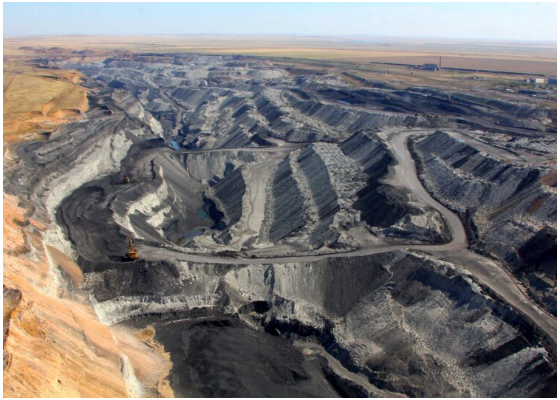Coal-fired electricity generation over the first two months of the year dropped by 9.2% from the same period in 2023, but total electricity output climbed by nearly 2%, data from energy think tank Ember shows.
Lower coal use has, in turn, resulted in lower power sector emissions, which fell by more than 1.3 million metric tons of carbon dioxide (CO2) in 2024 through February from the same months last year and to the lowest for that period on record.
As a key industrial and manufacturing hub in Eastern Europe, Poland's power sector is closely watched by climate trackers who have been wary of the country's enduring reliance on coal to generate affordable electricity and power for businesses.
But thanks to rapid expansions in renewable energy output, the country's power producers have been able to steadily reduce coal's share of the generation mix while keeping total electricity output relatively steady.
Coal's share of Poland's generation mix has averaged 59.8% so far this year, compared to 63.7% for 2023 as a whole.
CHANGING THE POWER MIX
Over the first two months of 2024, coal-fired electricity output was 16.35 terawatt hours (TWh), according to Ember.
That tally compared to 18 TWh during the same period in 2023, and was the lowest since at least 2015.
To offset some of the cuts to coal output, utilities increased gas-fired generation by 27% to 2.87 TWh.
However, total fossil fuel-powered electricity output was down 4.4% in 2024 through February and the lowest for that period in at least nine years.
Output from wind power, which is Poland's second largest source of electricity, increased by 23.5% through February from the same period a year ago to a record 5.78 TWh. Solar output was up nearly 40% to 0.90 TWh, which was also a record.
LOWER POWER PRICES
The ability of Poland's power producers to boost clean power generation by more than the cuts made to fossil fuel-fired output has helped drive Poland's wholesale power prices to their lowest since mid-2021 at the start of this year, data from LSEG shows.
Those lower power prices should, in turn, help reduce costs for energy-intensive business consumers, especially manufacturers which are currently faced with sluggish demand and so have little scope to raise end-product prices.
Power costs may come under further pressure in the months ahead as power demand for heating in offices and homes drops off after the winter.
Utilities should also benefit from rising solar generation during the summer months, with output during June, July and August likely to be around 2 TWh each month thanks to newly installed solar capacity.
In tandem with continuing output from wind farms, that higher solar output should help push clean power's share of Poland's generation mix to beyond the 27.5% average seen so far in 2024.
Higher clean output may also help further reduce power sector pollution, which is already down by around 6.6% over the first two months of 2024 compared to the same period in 2023.
Sustained declines in Poland's power emissions will be viewed as a cause for celebration among climate trackers, even as coal remains the primary source of power in the country.
